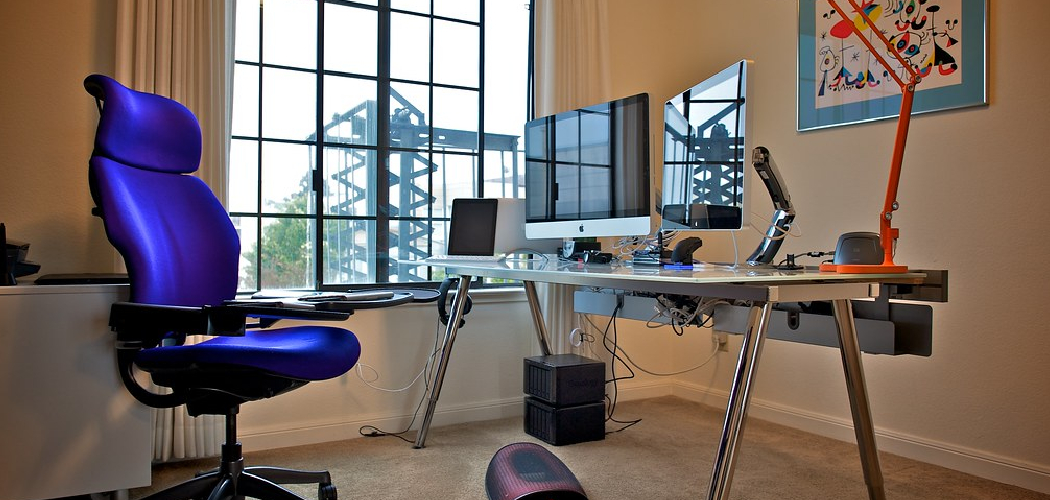The way we design our office space can have a big impact on how we feel, work and interact with others in our workspace. Whether you need creative inspiration for a home office, an efficient setup for a corporate cubicle, or just some smart repurposing ideas for your shared workspace, getting the interior design of your office right is essential.
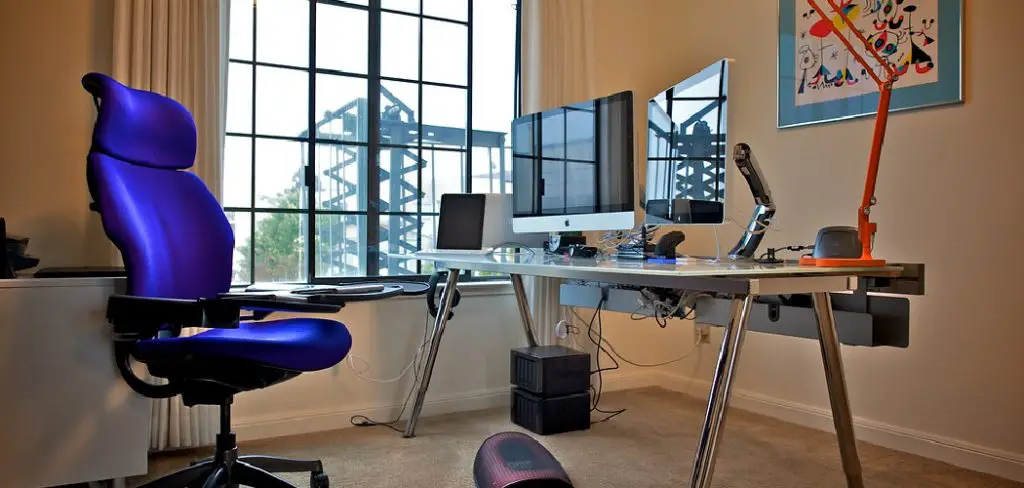
From color psychology to furnishings to layout and lighting: there are many aspects that come together to help make your professional self shine through. It’s time to turn the boring drabness into something truly inspiring – read on as I guide you through some top tips on how to design my office!
What Is an Office Design?
Office design is the process of planning and creating a workspace that meets the needs of those who use it. It includes everything from selecting furniture and materials to arranging layouts and color palettes.
In order to create an effective office space, designers must consider how different elements will interact with each other, such as lighting, acoustics, storage, technology, and human behavior.
Ultimately, office design should facilitate an efficient working environment while also creating a comfortable atmosphere that encourages collaboration and productivity. By taking into account the needs of those who will use the space, designers can create an office space that meets all requirements.
When designing an office space, it is important to consider functionality as well as aesthetics. It is important to select furniture and materials that are durable, comfortable, and appropriate for the intended purpose of the space.
The layout of an office should be designed with ease of use in mind so that workers can quickly and easily access what they need without interruption. Additionally, designers should consider how to maximize natural lighting, reduce noise distractions, and incorporate ergonomic features into the workspace.
Finally, office design should also reflect an organization’s culture and values. Designers can create an environment that reflects the company’s mission by incorporating symbolically meaningful objects and colors. Additionally, they can use artwork to express ideas or add a feeling of warmth to the space.
How Can I Make My Office Look Creative?
If you want to make your office look creative, there are a few things that you should consider. First, think about the overall style and aesthetics of your office space.
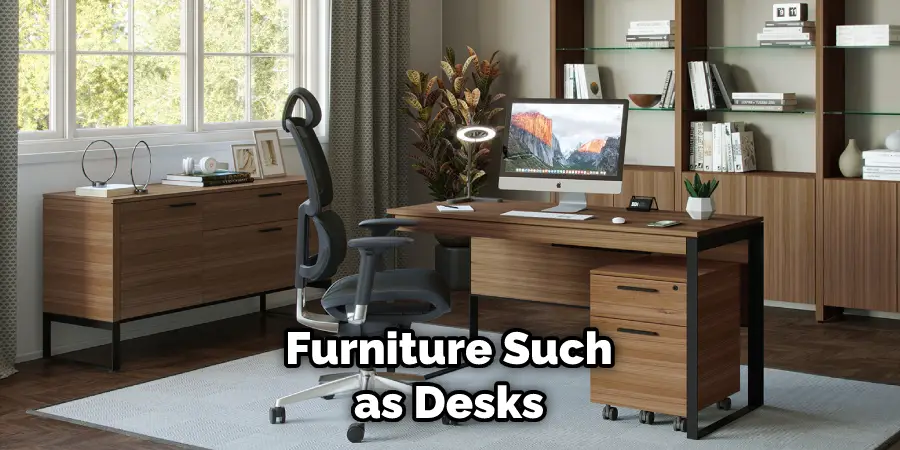
Consider the color palette, furniture layout, and wall art that you can use to create an inviting environment. It is also important to choose functional pieces of furniture such as desks, filing cabinets, and bookcases that will make it easy to stay organized.
You can also add creative touches to your office space by incorporating elements such as plants, lighting fixtures, and decorative accents. A few well-placed pieces of artwork or a unique rug can instantly make a work area look more interesting and inviting.
Additionally, consider adding a few creative elements such as accessories, artwork, and other pieces of decor to add personality to your office.
Finally, it is important to make sure that your office space reflects your work style. If you’re someone who prefers a relaxed atmosphere, use colors that are calming and soft textures, such as pillows or throws, for added comfort. If you like to work in a more energetic environment, opt for bright colors and bold designs.
By taking the time to think through these design elements, you can create a space that looks creative and reflects your individual style. This will help make your workspace more enjoyable and productive!
10 Methods How to Design My Office
1. Consider Your Needs
When designing your office, it is important to first consider your needs. What type of work will you be doing in your office? Do you need a space for meetings or conferences? How many people will be using the space?
Answering these questions will help you to determine the size and layout of your office. If you have a larger team, you may want to create a more open-concept workspace. However, if you work alone or with a small team, a more closed-off office may be best.
2. Choose a Location
Once you have determined your needs, you can then begin to look for a suitable location for your office. If you are working from home, you will need to find a space that can be dedicated to your office.
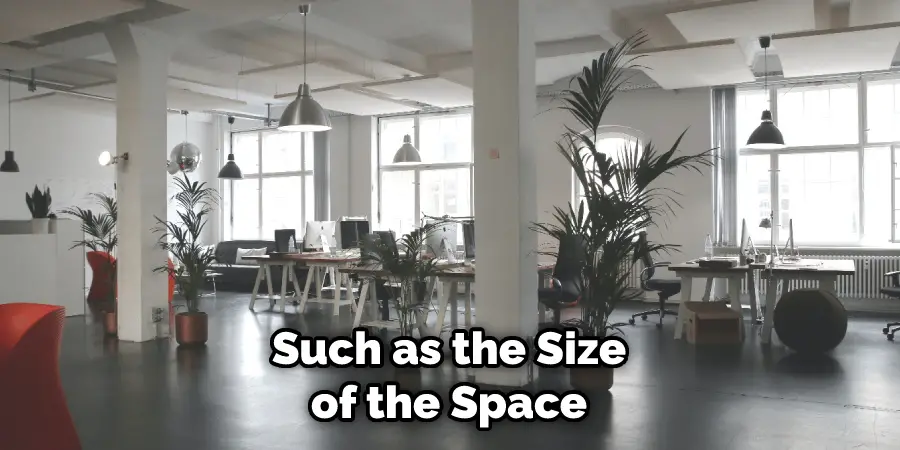
If you are looking for an office space to rent, there are a number of things to consider, such as the size of the space and the amenities that are available.
Make sure that the space is comfortable and able to accommodate your needs. If you are a freelancer, consider sharing office space with another business to save on costs.
Although it may require more coordination and communication, the cost savings can be worth it. When choosing an office space, make sure the layout is agreeable to you and that it meets all of your needs.
3. Select Furniture and Equipment
Once you have found a suitable location for your office, you can then begin to select furniture and equipment. When choosing furniture, it is important to consider ergonomics, as this will help to ensure that you are comfortable while working.
You will also need to choose equipment such as computers, printers, and phones. It is important to select items that are of good quality, as they will need to be able to withstand the demands of everyday use.
Additionally, you should select items that match the style and decor of your office. Finally, think about any organizational needs you may have and choose storage solutions accordingly. Once you have selected the right furniture and equipment, your office will be ready to use!
4. Consider Storage
When designing your office, it is also important to consider storage. You will need to decide where you will store files and documents, as well as other materials such as stationery and office supplies.
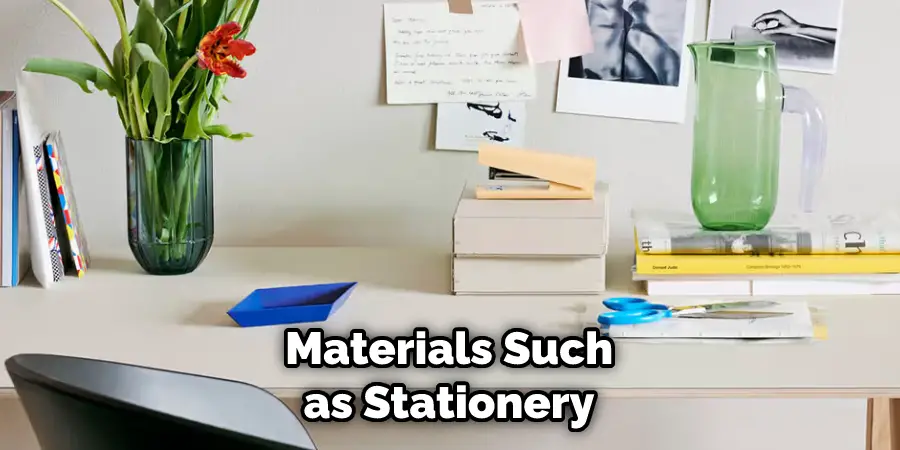
There are a number of different storage options available, such as filing cabinets and shelving units. You should consider which storage solutions would be most suited to your office space and the number of items you need to store.
Additionally, if you have equipment such as a printer or scanner, it may be necessary to invest in a cabinet or desk with enough space and compartments for these items. Once you have determined the type of storage you will need, you can then look into purchasing suitable options.
5. Decorate the Space
Once you have chosen the furniture and equipment for your office, you can then begin to decorate the space. It is important to create an environment that is both professional and comfortable.
You can do this by adding personal touches such as photos and artwork. You can also add plants, rugs, and other decorations to make the space more inviting.
Additionally, use lighting to create a pleasant atmosphere and choose a color scheme that reflects your personality and style. By taking the time to decorate your office, you will create a space that is both pleasant to work in and aesthetically pleasing.
6. Install Technology
In today’s world, it is important to have a well-designed office that is equipped with the latest technology. This includes things such as computers, printers, scanners, and fax machines.
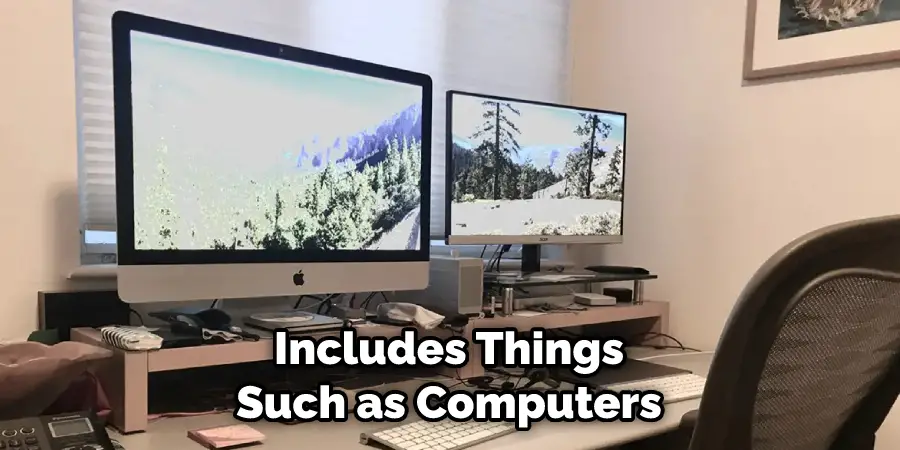
You will also need to make sure that your office has a good internet connection. Additionally, consider investing in a projector or television for presentations and video conferencing.
Finally, you may want to install phone lines so that colleagues can connect with each other without having to travel. By installing the latest technology, you will be able to increase productivity in your office and make it easier for your team to collaborate and communicate.
7. Make Sure the Space Is Comfortable
One of the most important aspects of designing an office is making sure that the space is comfortable. This includes things like temperature control and lighting. You should also make sure that there is enough ventilation in the space so that it does not feel stuffy or claustrophobic.
Additionally, consider adding comfortable furniture and decorations that create a pleasant atmosphere. Finally, think about bringing in some plants to give the office an air of relaxation and freshness. All of these considerations can help make your office a more enjoyable place to work.
8. Consider Acoustics
Another important aspect of designing an office is considering acoustics. This means making sure that noise levels are kept to a minimum so that you can concentrate on work tasks without being distracted by outside noise sources.
There are a number of ways to improve the acoustic quality of office space, including soundproofing materials and noise-canceling headphones.
In addition, it is important to make sure that any equipment in the office as computers and printers, is placed from any noise sources to minimize disruption.
Finally, making sure that all conversations taking place in the office are kept to a minimum and keeping any music played at low levels is essential for creating a peaceful, productive work environment.
9. Add Plants
Finally, it is a good idea to add some plants to your office. Not only do plants look great and help to brighten up an office, but they can also help to improve air quality.
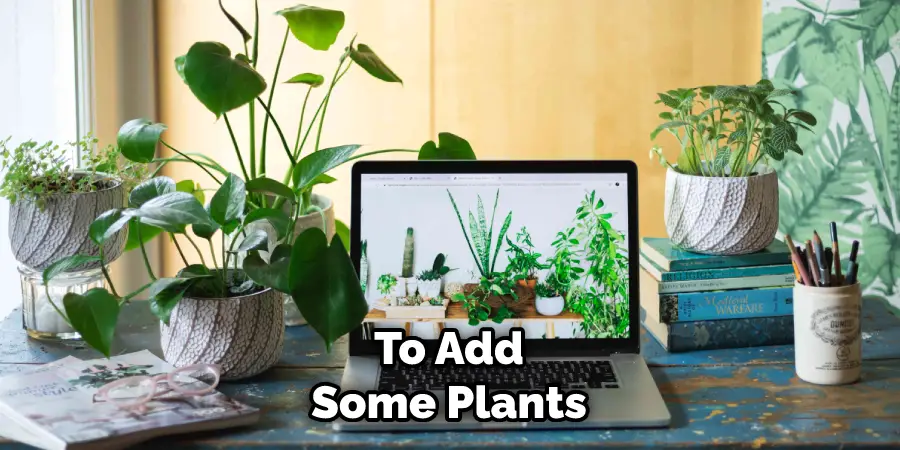
You can choose from a variety of plants that are easy to maintain and won’t take up too much space. Some popular office plants include the snake plant, spider plant, and aloe vera.
These plants have air-purifying properties and will help to keep your workspace feeling fresh. Additionally, plants will help to reduce stress levels and promote a more productive environment for you to work in.
If you have limited space, consider opting for a smaller potted plant or hanging plants. This will help to add some color and texture to your office without taking up too much space.
10. Keep It Organized
Once your office is designed, it is important to keep it organized. This means regularly cleaning and tidying the space to ensure that everything is where it should be and that the space is free of clutter. It also involves organizing documents, files, and supplies in an efficient and logical way.
Additionally, using label systems and folders can help you stay organized and make sure that all your documents and items are easy to find. Finally, setting up a system for managing tasks and deadlines can help you to stay on top of all your projects. With an organized office, you will be more productive and efficient with your work.

By following these tips, you can design an office that is both stylish and practical. This will create a space that is comfortable and inspiring while also being organized and efficient. With the right design, you will be able to maximize your productivity and make the most out of your workspace.
What Is Smart Office Design?
Smart office design is all about creating an efficient and comfortable work environment. It takes into account the way you work, how your space is organized, and the type of equipment you use.
Smart office design also requires thoughtful consideration of how to maximize the efficiency of your space while promoting productivity, creativity, and well-being in the workplace.
The key components of smart office design include ergonomics, lighting, storage solutions, furniture arrangement and selection, sound control measures such as acoustic panels or sound masking, traffic flow, and space utilization.
Additionally, smart office design includes sustainability measures such as energy-efficient functions, green materials, and waste-reduction strategies.
Conclusion
With the right thoughtful considerations of personal design preferences and usage of space, you can create a workspace that is perfect for your needs. It’s important to take some time and thought into your office design so that it is comfortable, productive, and encourages creativity.
You are the one who has to sit there all day so make sure you choose what works best for you so that when going to work each morning or staying late in your office, it will be an inviting place to be productive. Get started today by exploring possible options for How to Design My Office!

